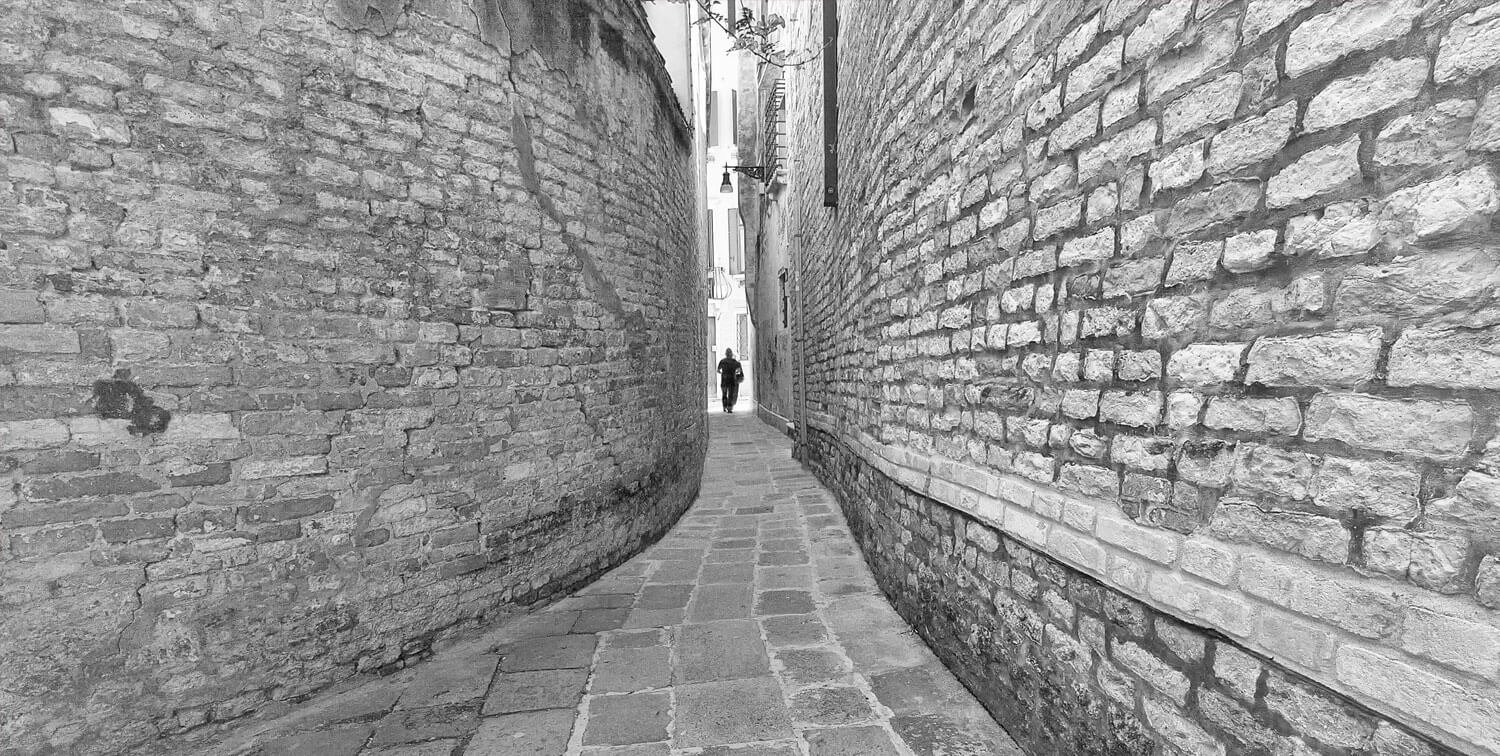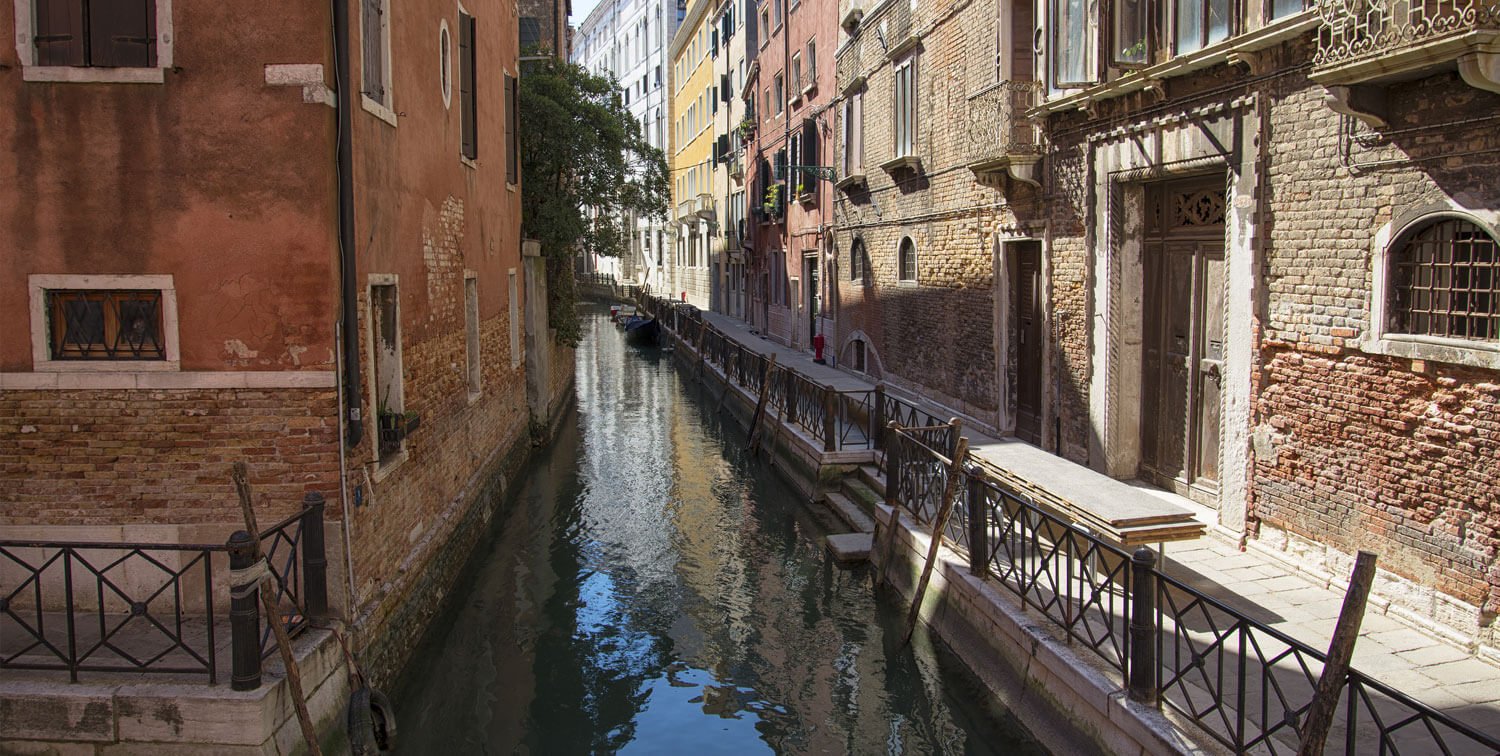Venice
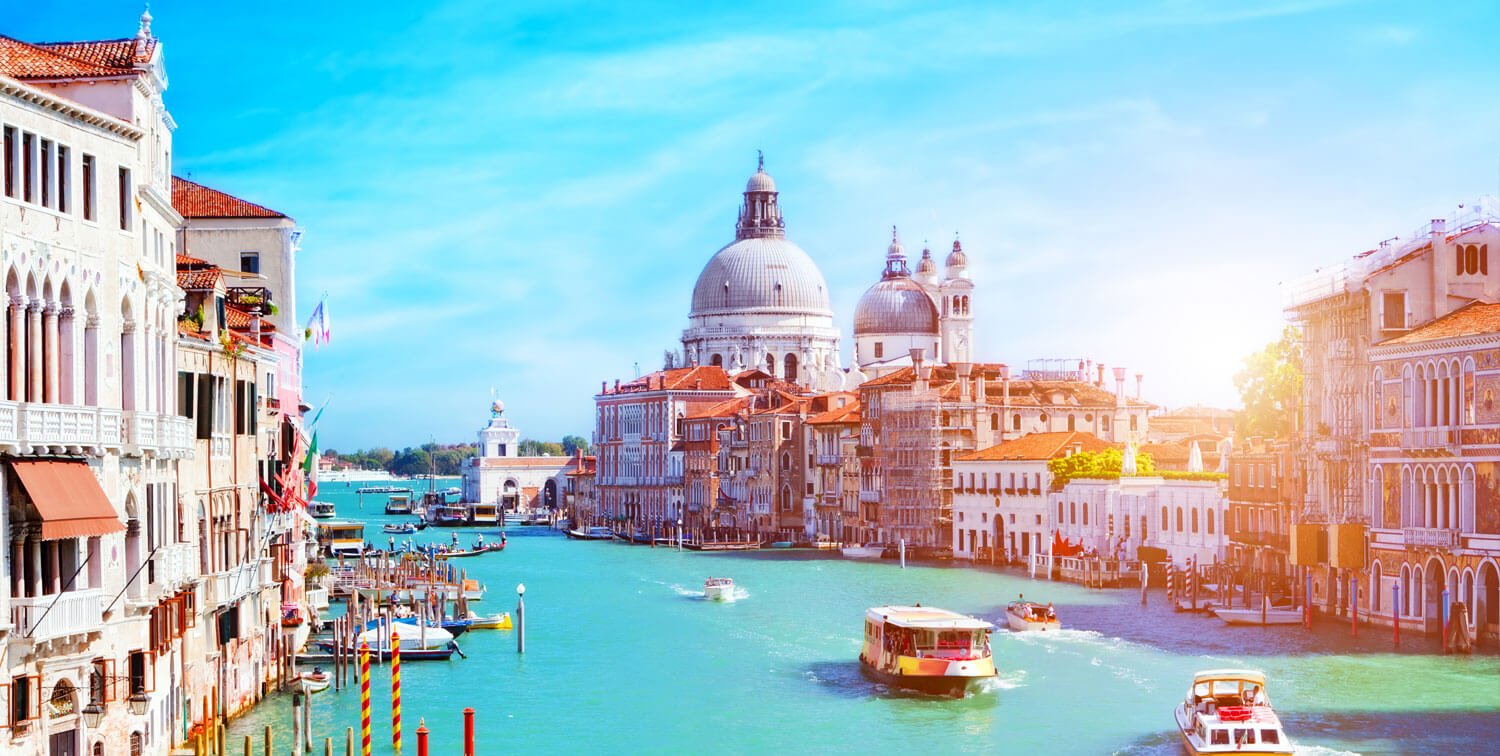

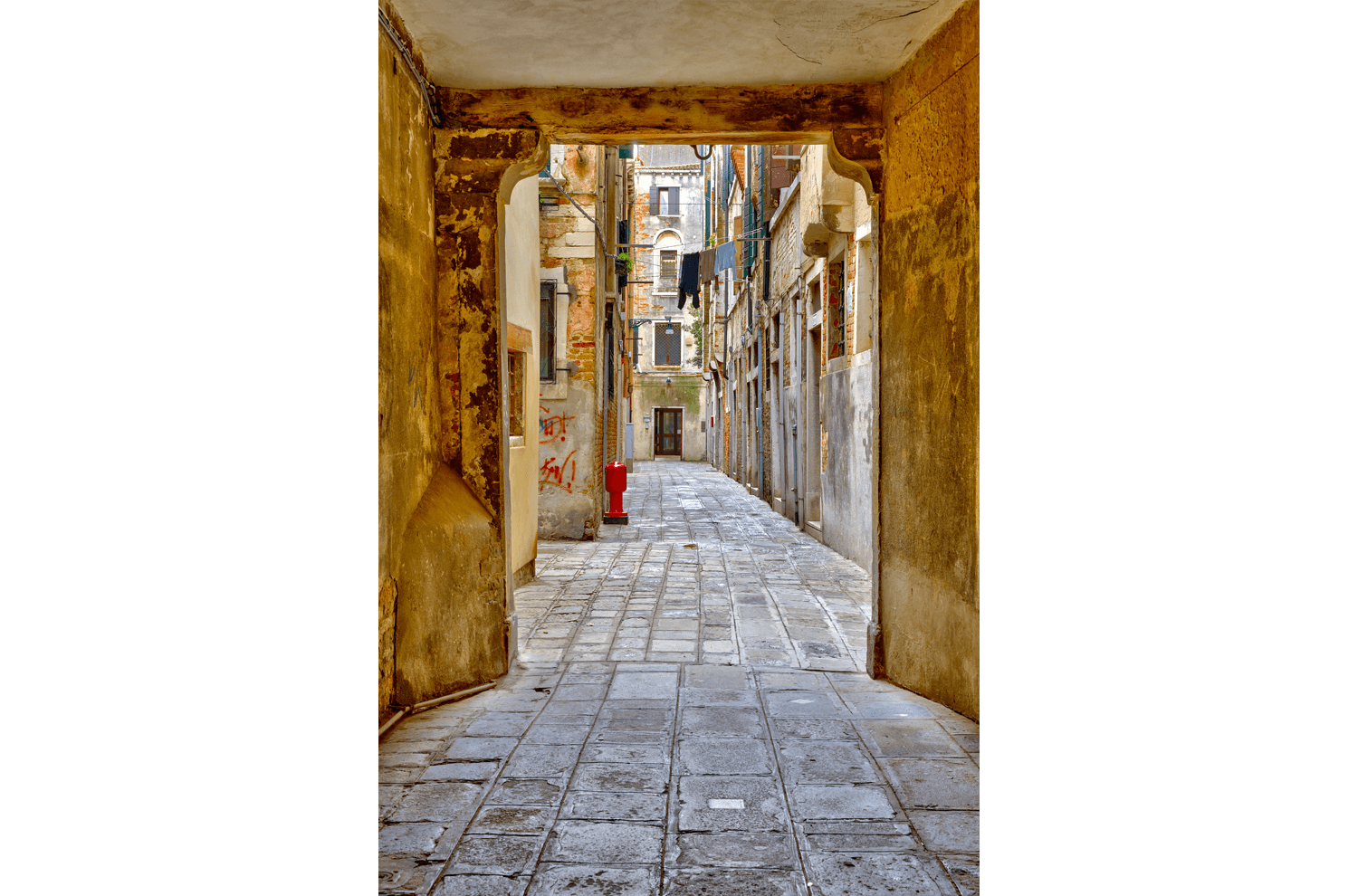
When to Travel
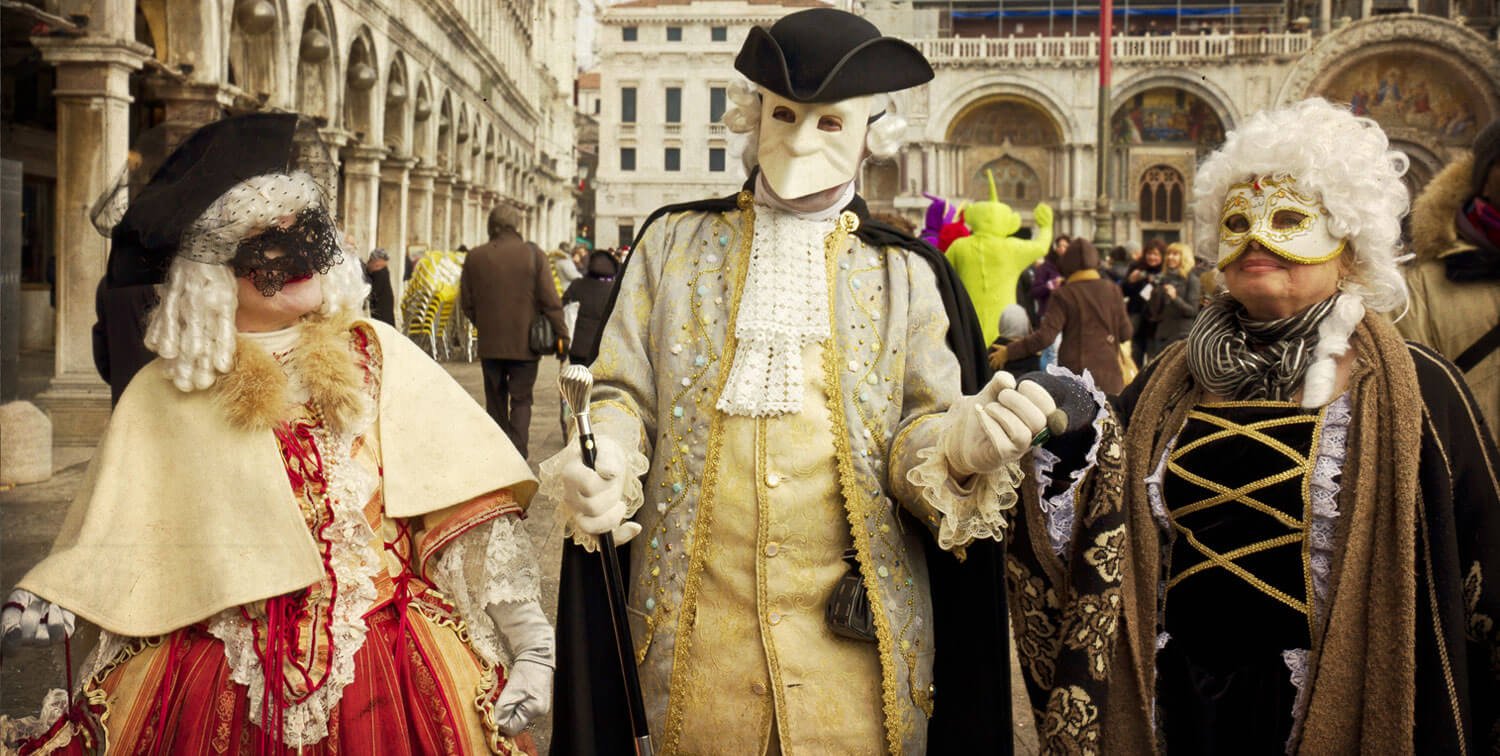
Flying to Venice
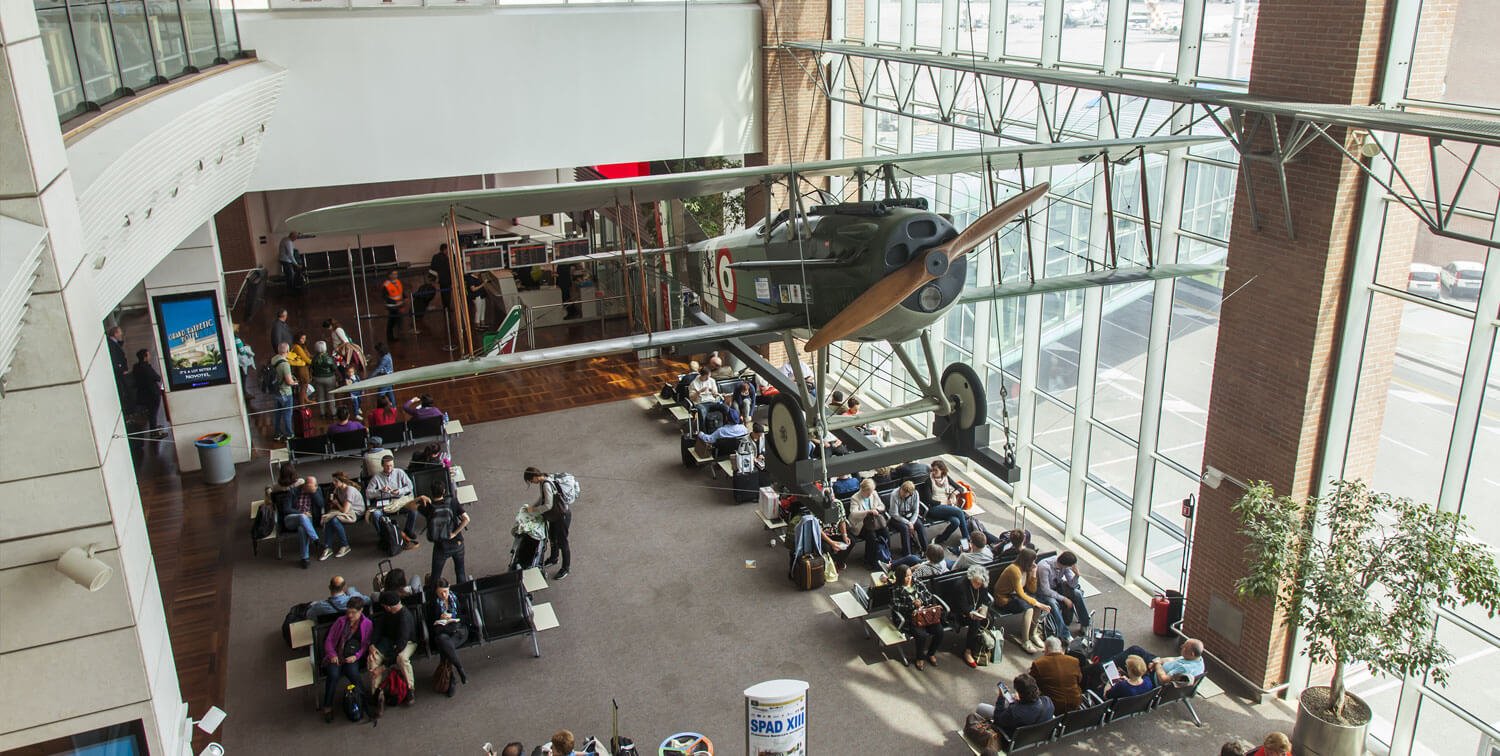
The Marco Polo airport

Water is the major way of transportation, as Venice is on a lagoon. Whichever way you reach Venice, the final part of your travel will be on foot from the waterbus / watertaxi jetty.
Reaching Venice by Rail

Venezia-Mestre is another prominent railway station outside Venice. Do check your train ticket to ensure if this is your destination. If so, alight here to take another train or bus to the Santa Lucia station.
What to see in Venice
Piazza San Marco
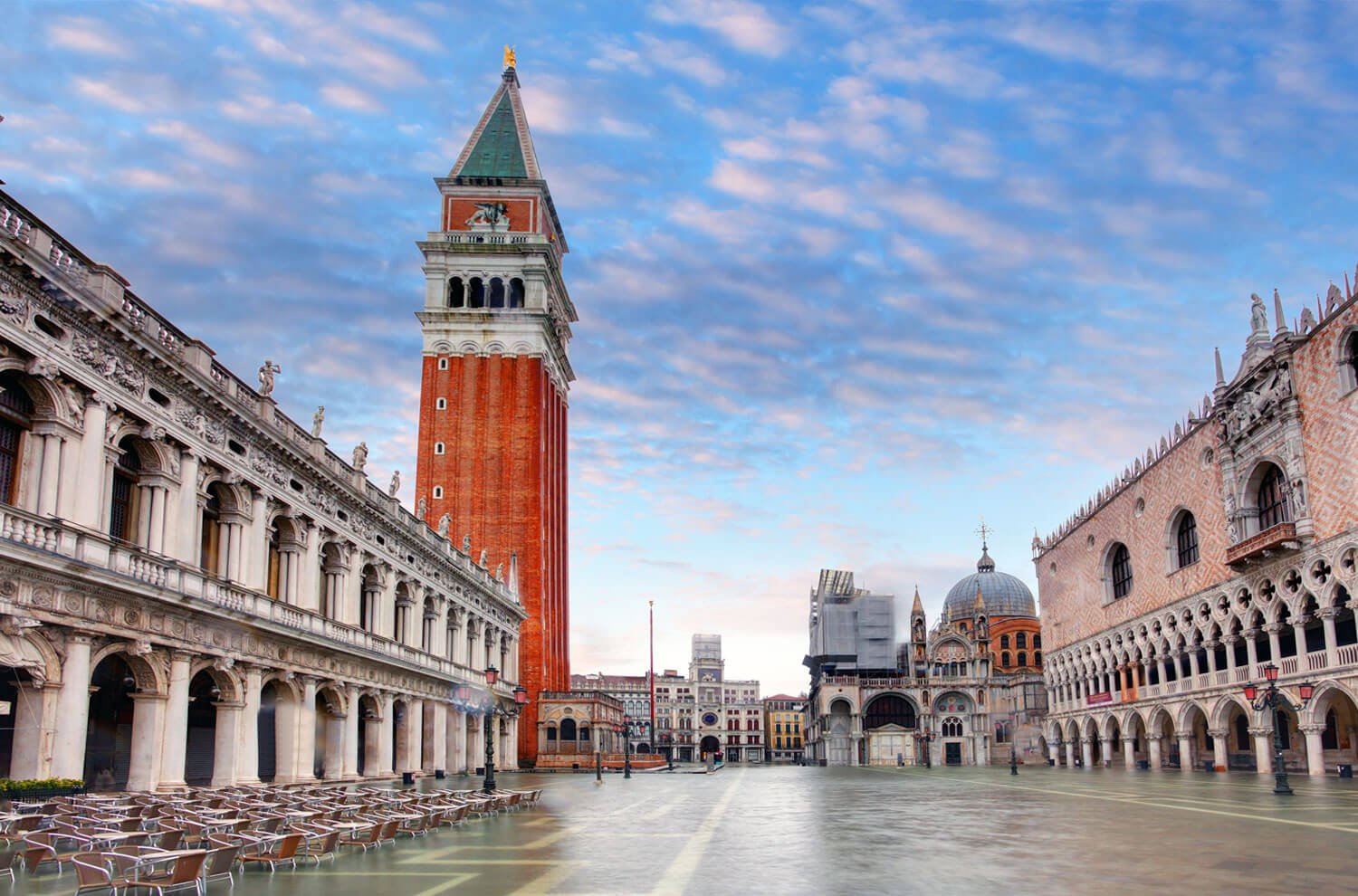
The square is home to the some of Venice’s most famous landmarks, the St. Mark’s Basilica (Basilica di San Marco), which marks Venice’s links to the Byzantine era, the Doge’s Palace, which was once Venice’s political and judicial center, and the clock tower (Torre dell’Orologio), which was built between 1496 and 1506. Now a days, the square teems with tourists and pigeons but stills stands magnificent and it could take a couple of days to explore all the sights it has to offer.
Basilica di San Marco
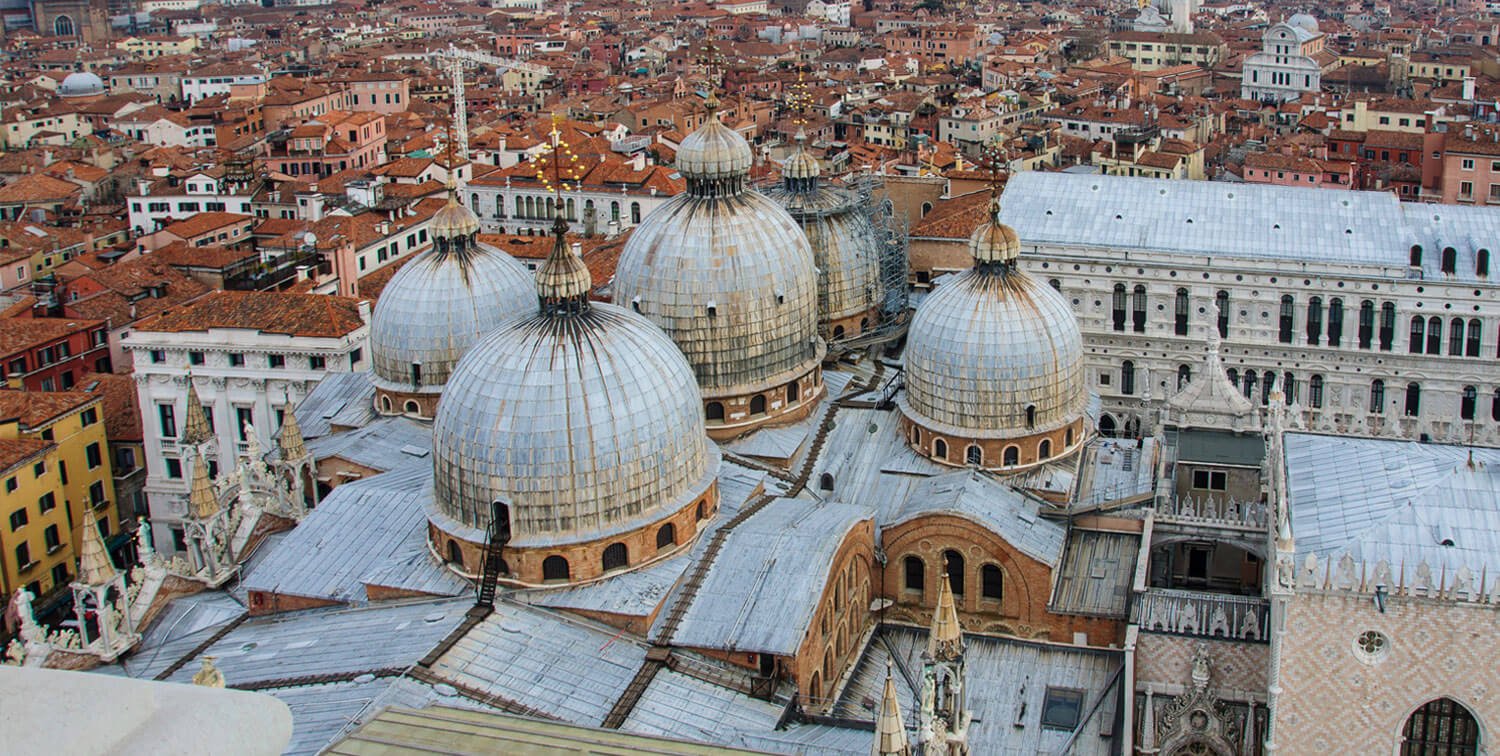
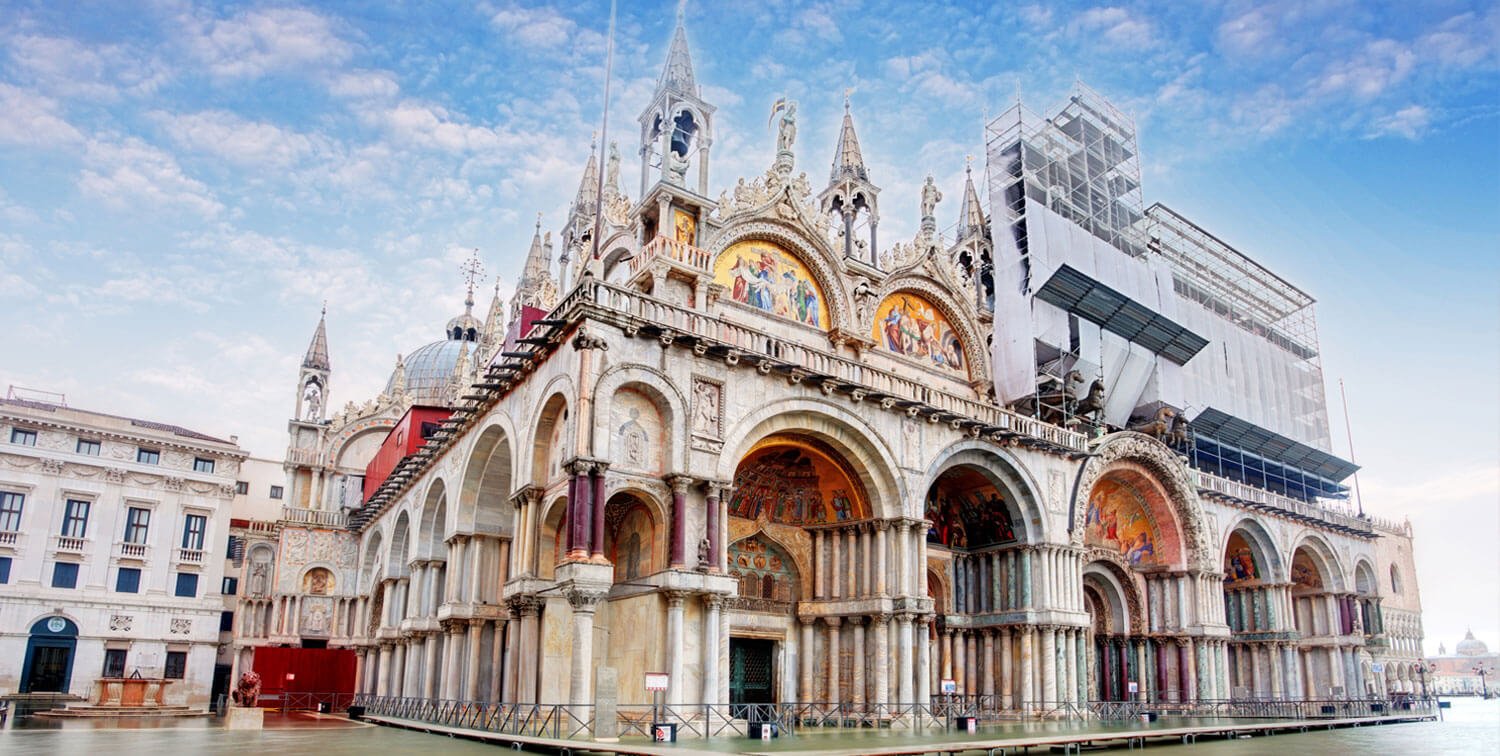
Gallerie dell’Accademia
The prestigious center of the Scuola Grande of Santa Maria della Carita houses the estate of the Accademia Galleries. The collection were housed in the Santa Maria della Carita convent in serenity until 1807 when Napoleon installed his haul of the Venetian art trophies in the Accademia and since then the visual appeal of the gallery has increased.
Palazzo Ducale
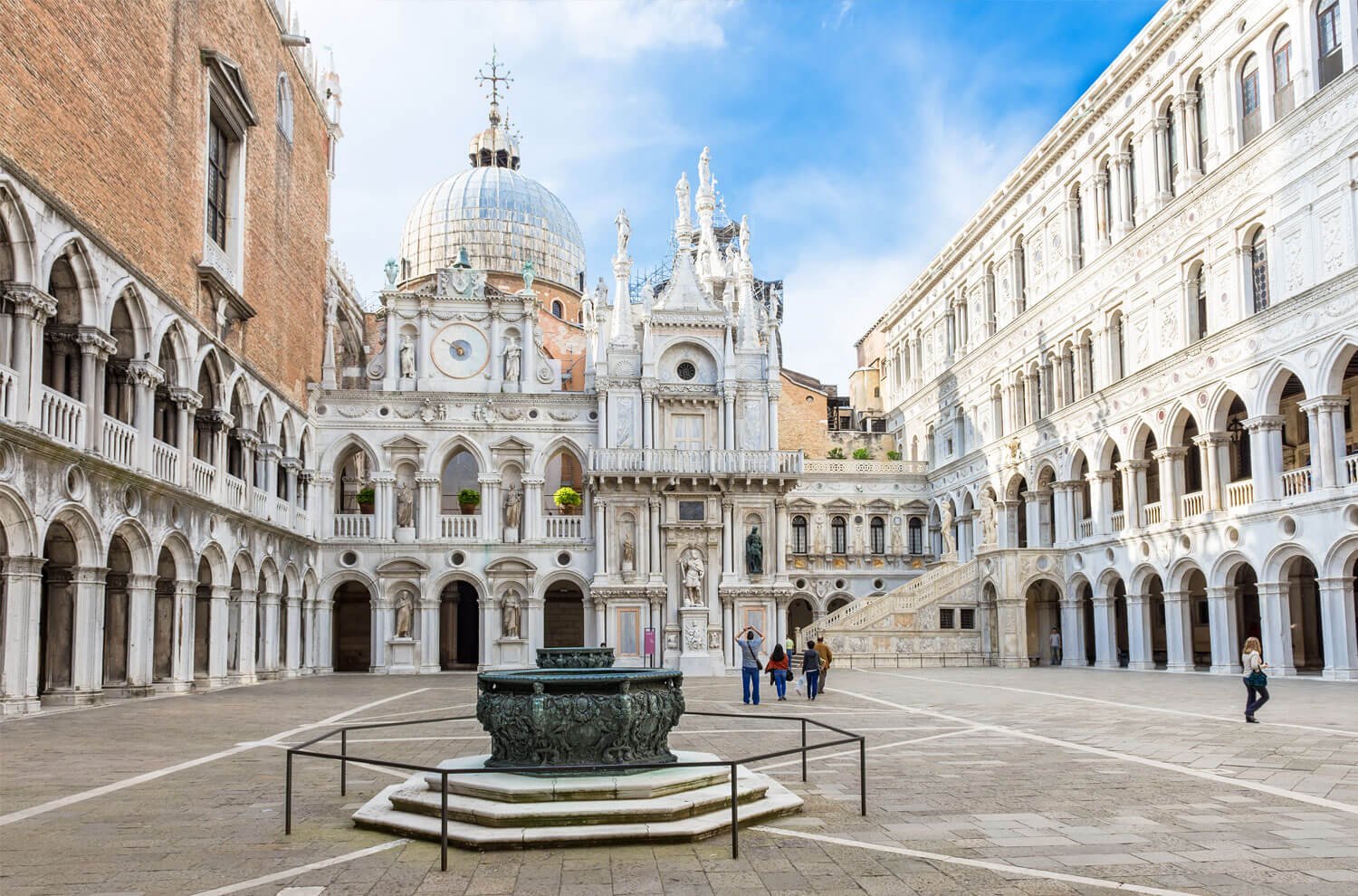
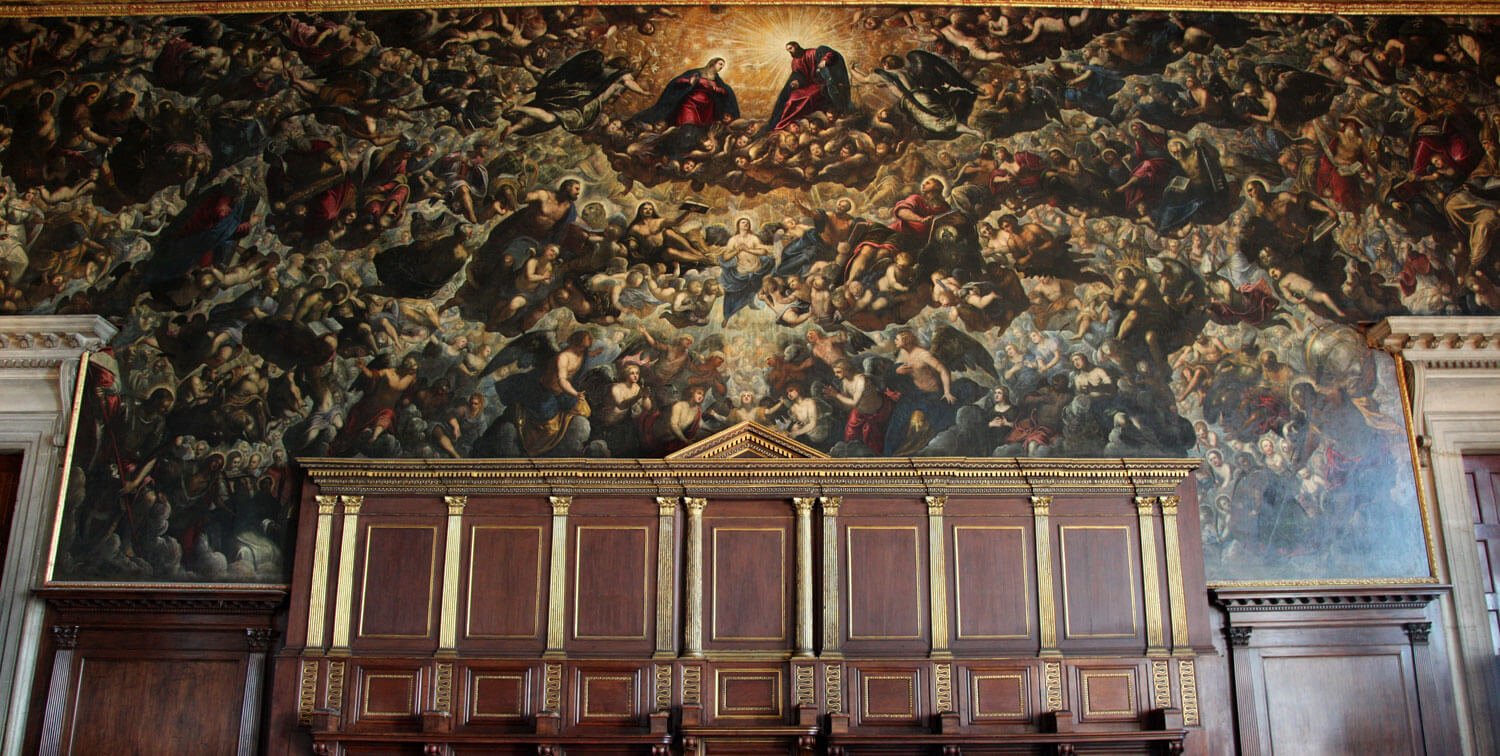
If the lines are long at the palace, regular tickets can also be purchased across the square at the Museo Correr. “Secret Itinerary” is an interesting guided tour costing twenty Euros. This tour lets you explore the part of the palace where the city’s administration functioned, the jail where Casanova was imprisoned and the wonderful 500-year-old roof structure.
Torre dell’Orologio (Clock Tower)

St Marks Square was not only the seat of political and religious power but was also a public space of economic activity. It faced the sea and placed a functional role as the hub for the entire layout of the city. The clock tower marked both a division and juncture between different architectural components of St Marks square. The clock tower is a technological masterpiece and is an essential part of the image of Venice. It has stood the test of time for over 500 years, being a silent witness to life and history of the city.
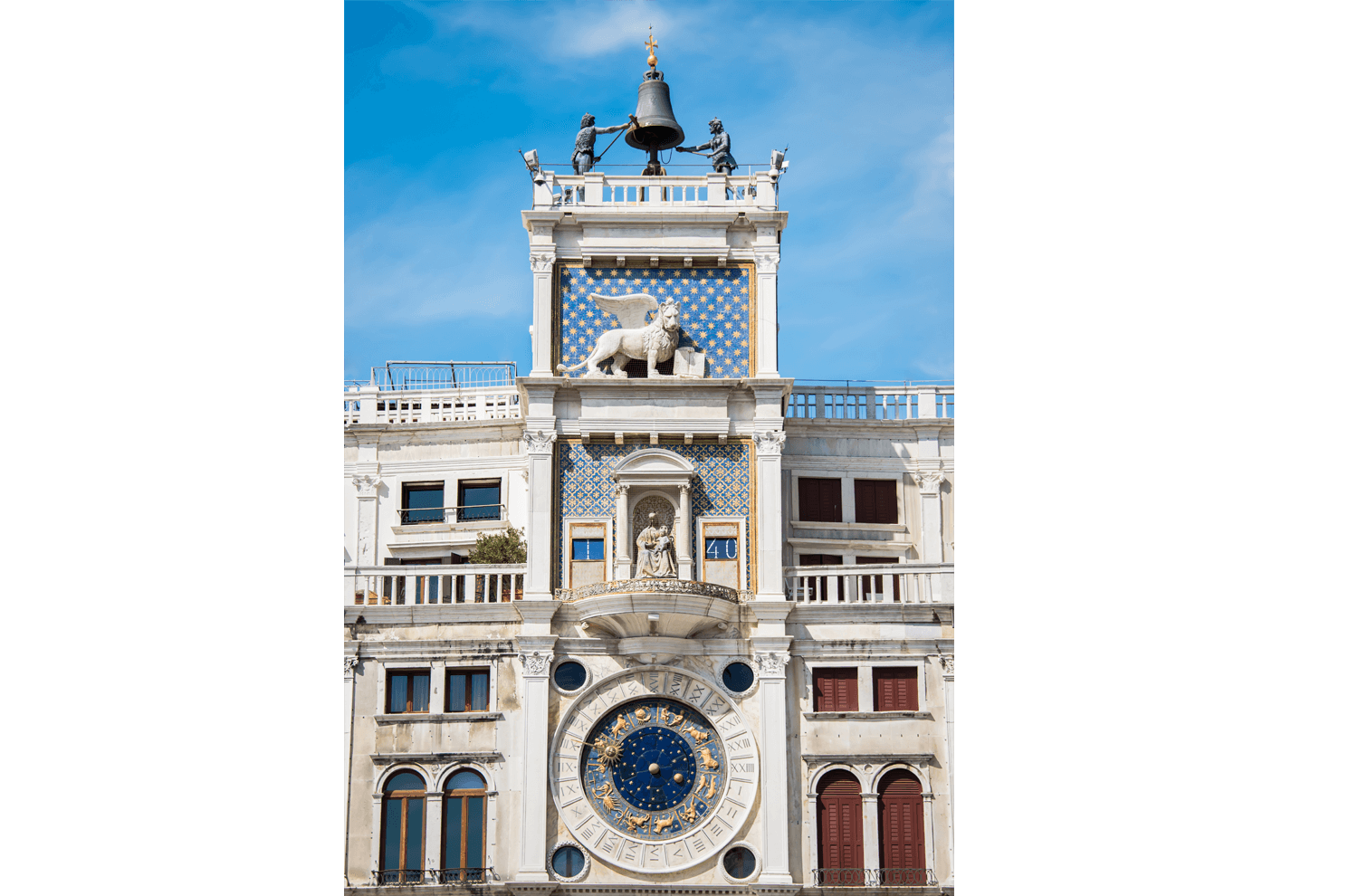
A trip on the Grand Canal
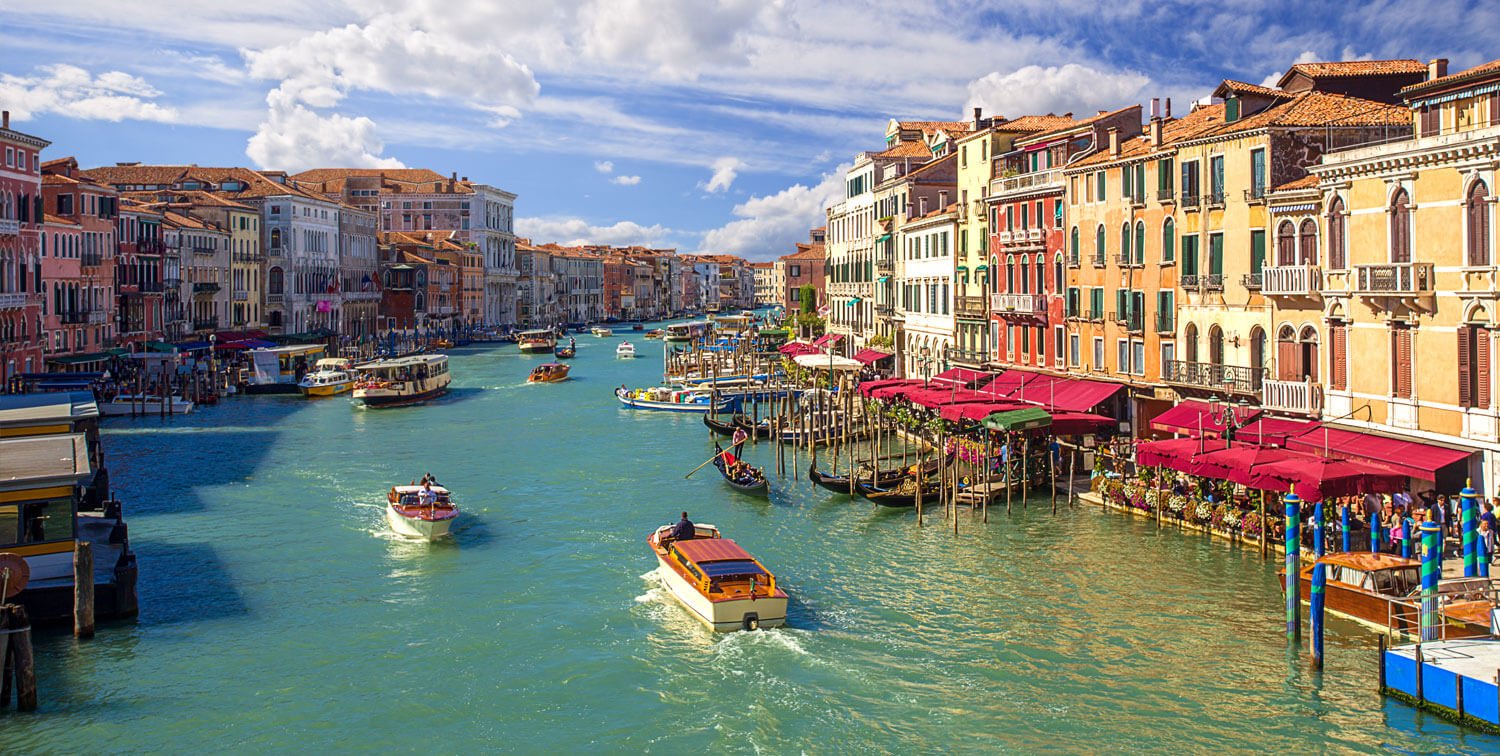

- for single trips, costing Euro 7, valid for 60 minutes on multiple boats
- for 24 hours, costing Euro 20
- for 48 hours, costing Euro 38
- for 72 hours, costing Euro 40
- for 7 days, costing Euro 60.
Murano
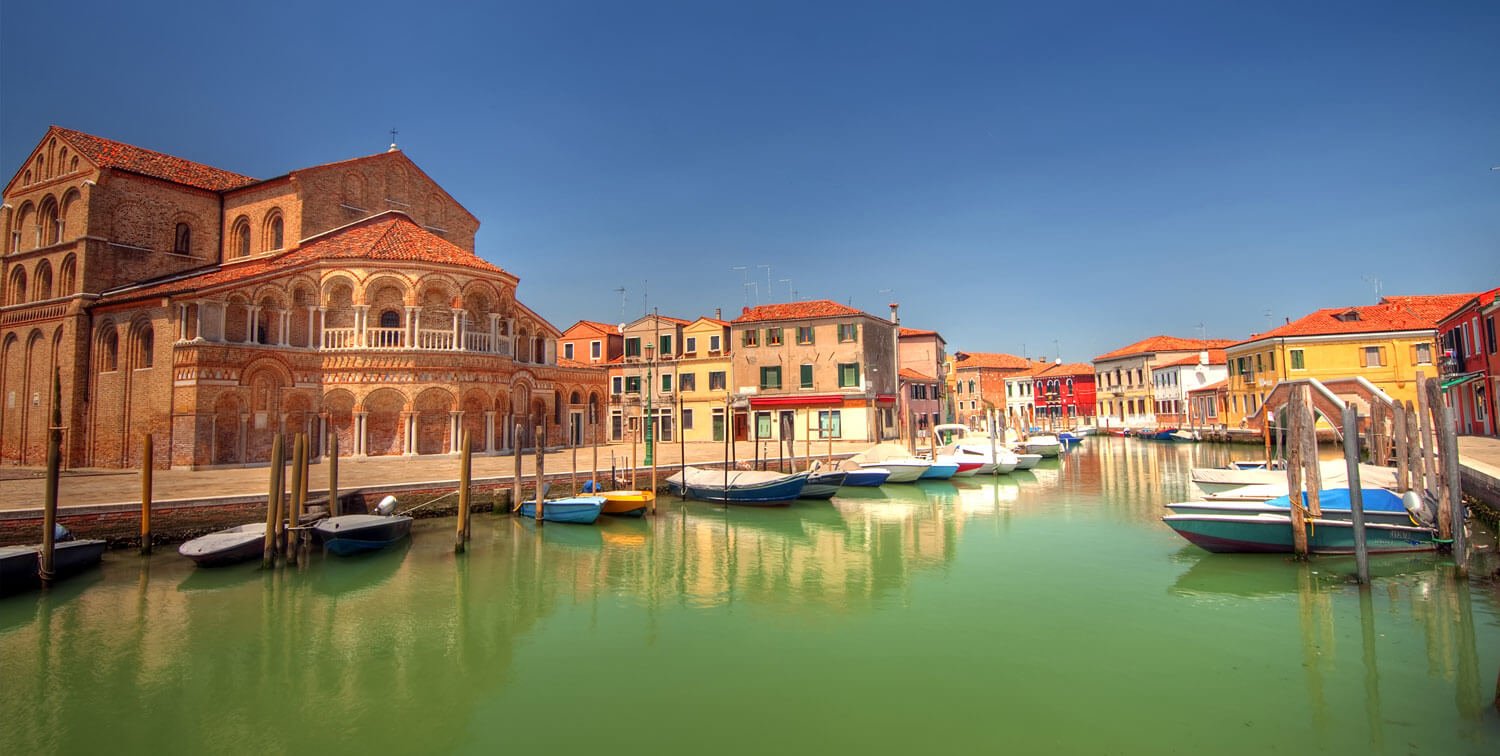

How to reach Murano:
The vaporetto takes 10 minutes from Fondamenta Nove to reach Murano. The waterboat stops at Cimitero stop on the cemetery island of San Michele. You have a choice getting off at Colonna or Faro and follow the canals to the center.
You can’t get lost in Murano as it is a small island. If you just want to just see only the Glass Museum and the Basilica, continue your travel on the boat till Navagero or Museo, which is only a few minutes from Murano.
Burano
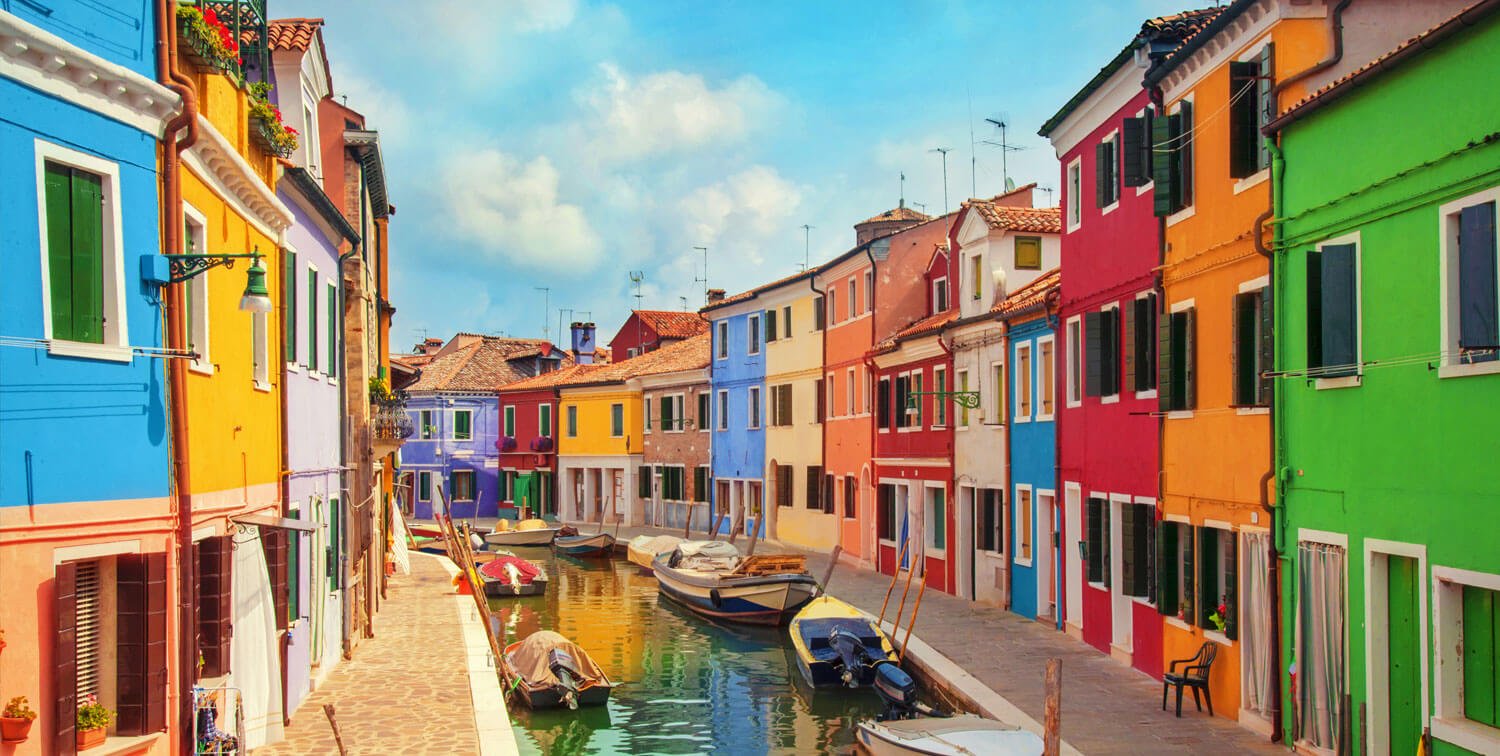
How to reach Burano:
Hop on to ACTV’s Line 12 boat at Fondamenta Nove in Venice or the Faro to reach Burano. It is a 33 minutes trip to Burano from Faro.
Rialto Markets
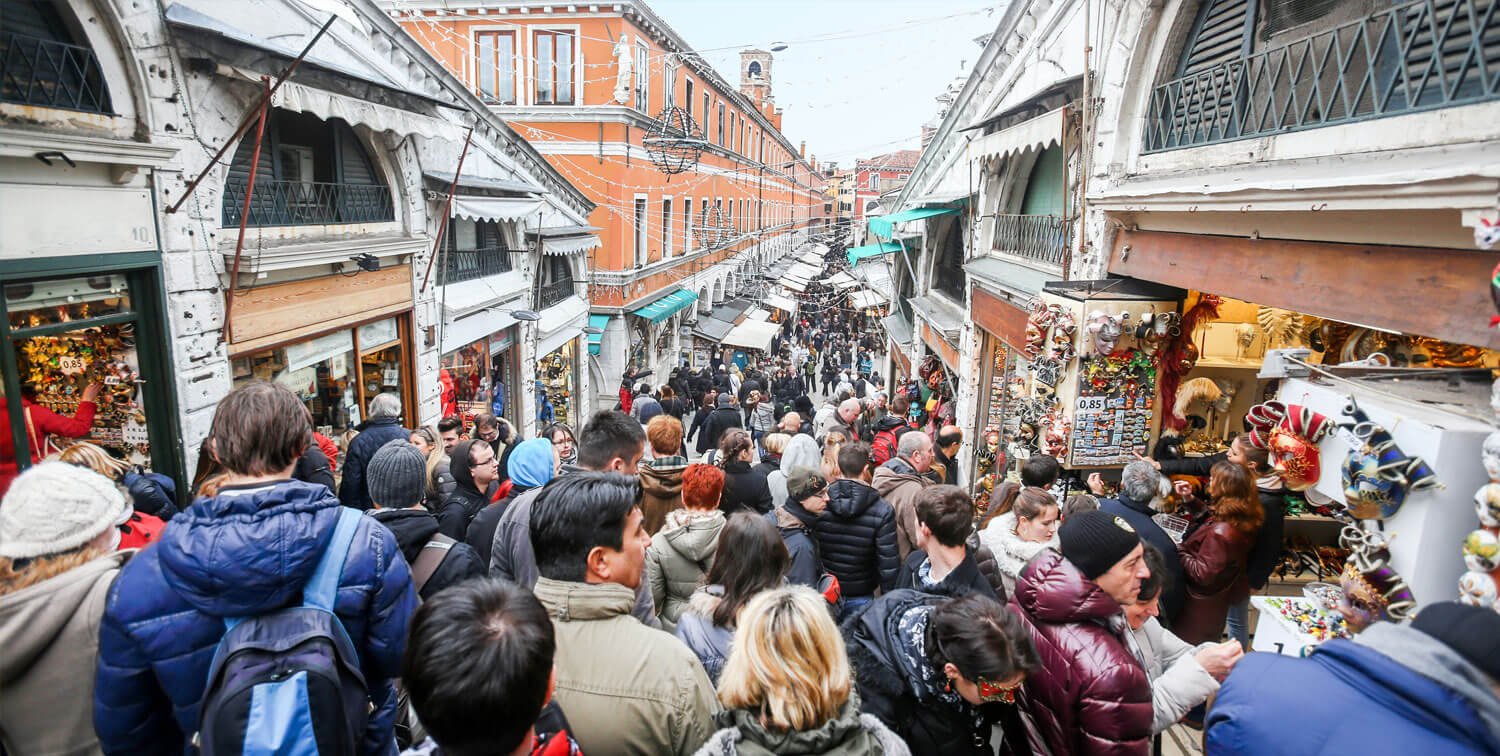
Though the local population of is only around 58,000, given that there are approximately 2 million tourists per year in Venice, there is a big market for food produce.
The Venetians have depended on the Rialto markets since 1097, for their daily supplies of fish fruits, vegetables and other foods.

Erberia, the vegetable market and Pescheria, the fish market can be seen in their full swing only if visited early. The barges arrive at dawn and the customers start to arrive by 8 a.m. By midday (or 1 p.m.) the wholesalers and most of the retailers close shop. So, plan your visit accordingly.
Get Lost in Venice
